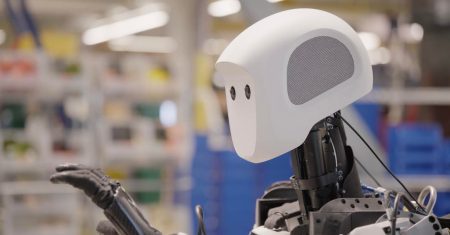Many marine and land organisims use bioluminescence to attract mates, including anglerfish, lanternfish, and flashlightfish. Some fireflies can synchronize their light emissions through a phenomenon called simultaneous bioluminescence.
But some animals use biofluorescence to to attract a mate, communicate, signal danger or just glow. Biofluorescence occurs when an animal’s skin or fur absorbs ultraviolet light and re-emits it as visible light. It is common in invertebrates, reptiles, amphibians, fish, and even birds.
Platypusses glow blue-green, some flying squirrels glow pink, puffins beaks glow pink and white under UV light and a scorpians biofluorescence helps them detect predators and find mates. In the ocean world, some jellyfish use glowing tentacles to confuse predators, krill light up to communicate or hide from predators and the single-celled organism – dinoflagellates – light up which makes the ocean glow at night.
Birds-of-Paradise
There are 45 species in 17 genera in the family Paradsaeidae – also known as birds-of-paradise. These birds live across eastern Australia, Indonesia, and New Guinea.
“We’ve known for a while how widespread biofluorescence is in nature, but few scientists have looked at this phenomenon in birds,” said Rene Martin, an assistant professor at the University of Nebraska-Lincoln who conducted this work when she was a postdoctoral researcher at the American Museum of Natural History.
“Finding this beautiful green-yellow glow in birds-of-paradise suggests that there’s even more going on in their elaborate hierarchy and courtship displays than meets the eye,” she added.
The research from the American Museum of Natural History and the University of Nebraska-Lincoln was published on February 12 in the Royal Society for Open Science and shows for the first time the widespread occurrence of biofluorescence in birds-of-paradise.
The study was based on Museum specimens collected since the 1800s. It found biofluorescence in 37 of the 45 known birds-of-paradise species and posits that the glow is important among males for hierarchy and mating displays.
“It seems fitting that these flashy birds are likely signaling to each other in additional, flashy ways,” added Martin.
In a prepared statement, Museum curator and ichthyologist (a fish scientist), John Sparks said that even though there are more than 10,000 described avian species with a significant number of studies documenting the bird’s bright plumage, elaborate mating displays, and excellent vision, there have been very few studies that have looked into the presence of biofluorescence.
Glowing with purpose
Martin and Emily Carr, a Ph.D. student in the Museum’s Richard Gilder Graduate School who published the new study focused on biofluorescence in birds-of-paradise and found that the birds also fluoresce when exposed to UV light, not just blue light.
The team reported that this phenomenon is prominent in males, focused on their bright plumage and skin in areas highlighted during mating displays the inner mouth and bill, feet, and feathers on the head, neck, and belly.
In females, biofluorescence was usually restricted to plumage on the chest and belly.
According to the press statement, other studies based on closely related species showed the pigments in the birds’ eyes align with the fluorescence peaks the researchers in this study measured. Martin and Carr now believe that birds-of-paradise can see these biofluorescent patterns, which they say can enhance contrast against dark plumage and possibly plays an important role in courtship and hierarchy.
Funding for this work was provided by the American Museum of Natural History’s Department of Ichthyology, the Richard Gilder Graduate School, and the Gerstner Scholarship.
Read the full article here










